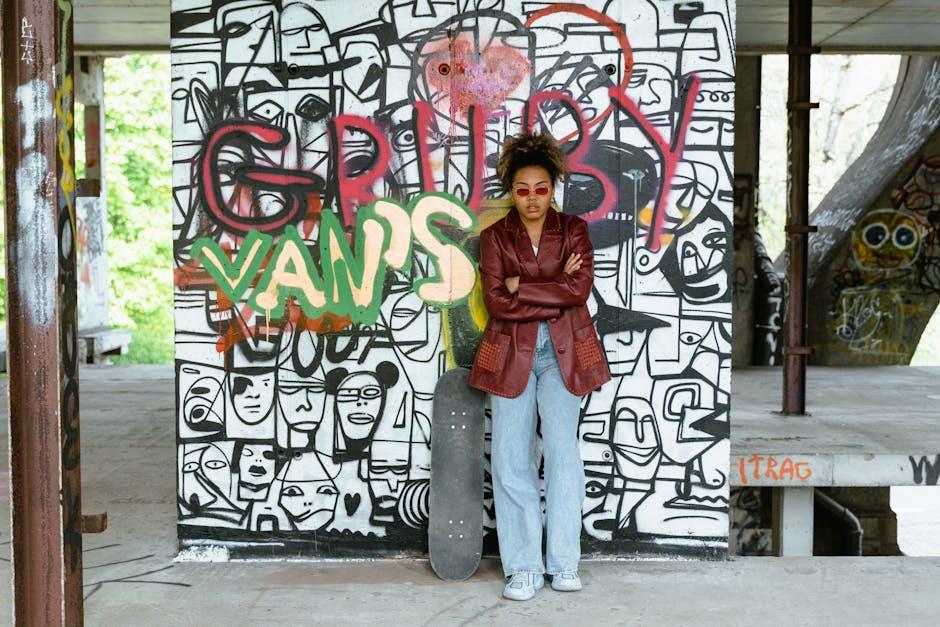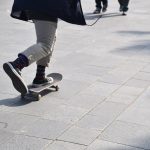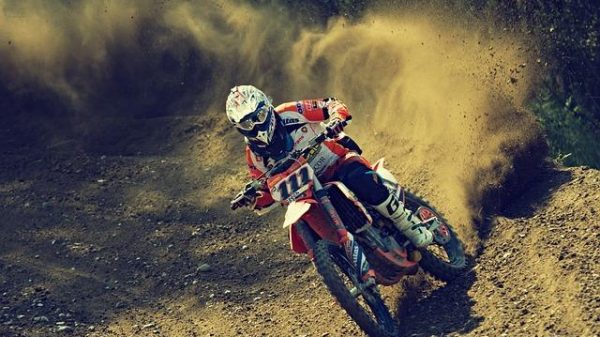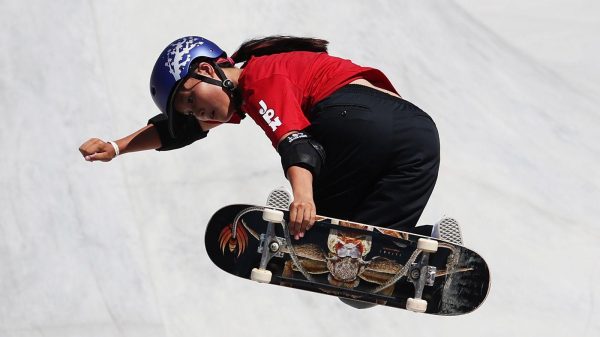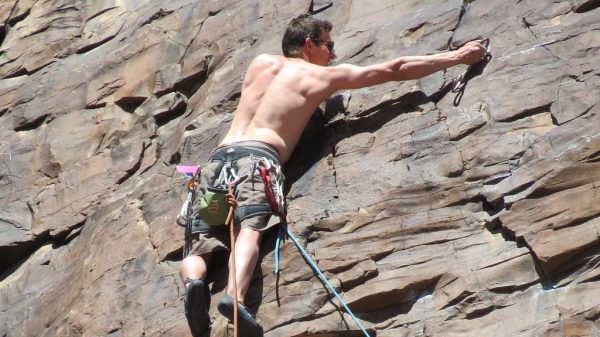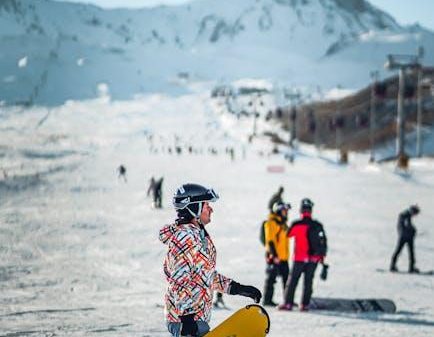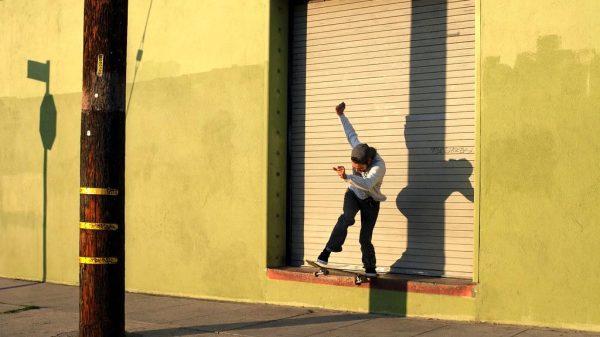Skateboarding, once dismissed as a countercultural pastime, has emerged as a dynamic fusion of athleticism and artistry, transforming urban landscapes into canvases of expression. As a form of street art and performance, skateboarding transcends its origins, redefining public spaces and challenging conventional notions of art and sport. This cultural phenomenon, with its roots embedded in the rebellious spirit of the 1970s, has evolved into a global movement that celebrates creativity, individuality, and community. By blending the physical prowess of a sport with the innovative flair of an art form, skateboarding offers a unique lens through which to explore the intersections of culture, identity, and public engagement. This article delves into the intricate tapestry of skateboarding as street art and performance, examining its impact on urban environments, its role in shaping contemporary art discourse, and its enduring influence on the social fabric of cities worldwide.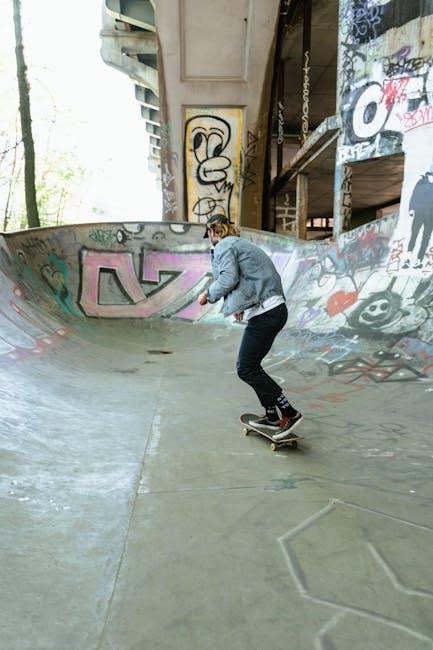
Exploring the Intersection of Skateboarding and Street Art
In the vibrant tapestry of urban culture, skateboarding and street art emerge as intertwined threads, each influencing and amplifying the other. Skateboarding is not just a sport; it is a dynamic form of expression that transforms the urban landscape into a canvas for creativity. Skateboarders are artists in motion, weaving through the city’s architecture with fluidity and grace. Their tricks and maneuvers become a form of performance art, challenging the boundaries of public spaces and redefining their purpose.
- Shared Spaces: Skate parks and urban environments serve as galleries where skaters and street artists converge, using ramps and walls as their medium.
- Visual Storytelling: The graphics on skateboards often feature bold street art designs, echoing the vibrant murals that decorate cityscapes.
- Cultural Influence: Both skateboarding and street art reflect the ethos of rebellion and innovation, pushing against conventional norms to create something uniquely impactful.
As the wheels of a skateboard glide across the pavement, they leave an indelible mark on the city’s cultural landscape, mirroring the transformative power of street art. Together, they challenge perceptions, invite participation, and celebrate the spirit of urban creativity.
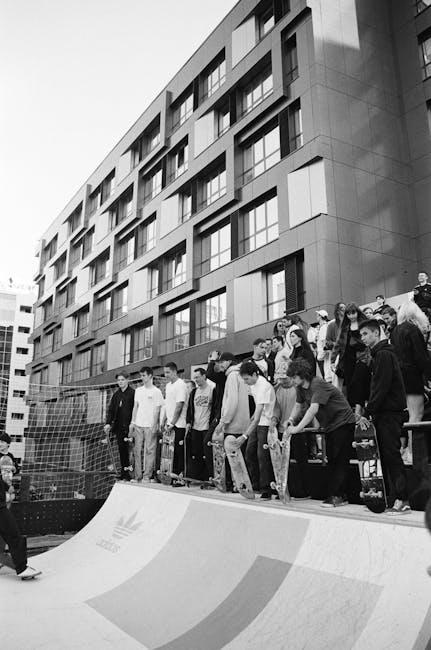
The Aesthetic Evolution of Skateboarding Culture
The vibrant tapestry of skateboarding culture is interwoven with threads of creativity and rebellion, manifesting in a dynamic aesthetic evolution that transcends traditional sports. This subculture has emerged as a potent form of street art and performance, where the skateboard itself becomes a canvas and the act of skating an expressive art form. Skaters, with their unique styles, transform urban landscapes into stages, showcasing not just their skills but also their artistic vision. The intricate graphics on decks, often designed by renowned artists, reflect personal stories, cultural movements, and social commentary, making each board a piece of mobile art.
- Fashion: Skaters’ apparel, a fusion of comfort and style, often mirrors the aesthetics of streetwear, featuring bold prints, oversized silhouettes, and eclectic accessories.
- Trick Execution: The fluid movements and high-flying tricks performed by skaters are akin to a choreographed dance, captivating audiences with their grace and daring.
- Community Influence: Local and global skate communities contribute to the cultural dialogue, fostering a sense of identity and belonging through shared artistic and performance endeavors.
As skateboarding continues to evolve, its influence permeates various artistic domains, from fashion and music to film and visual arts, establishing it as a quintessential element of contemporary urban culture. This fusion of sport and artistry underscores skateboarding’s enduring impact as a transformative force, reshaping perceptions and pushing the boundaries of what street art can be.
Techniques and Styles: How Skateboarding Transforms Urban Spaces
Skateboarding is more than just a sport; it’s an expressive dance that seamlessly integrates with urban landscapes, transforming them into dynamic canvases. The creative techniques employed by skateboarders are akin to brushstrokes on a painting, each maneuver reflecting a distinct style and personality. Ollies, kickflips, and grinds are not merely tricks but expressions of individuality that add a layer of artistic vibrancy to the mundane city architecture. The skateboarder interprets the city’s contours, converting railings, stairs, and ledges into a stage for their performance, creating a dialogue between the skater and the urban environment.
- Street Style: Emphasizes creativity and adaptability, utilizing everyday city structures.
- Vert Style: Focuses on aerial maneuvers, often performed on ramps and half-pipes, echoing the spirit of urban exploration.
- Freestyle: A blend of technical skill and personal expression, often performed on flat ground, showcasing skateboarding’s versatility.
Each style and technique contributes to the transformation of urban spaces into vibrant, ever-evolving art forms. Skateboarding thus becomes a lens through which cities are seen not just as static constructs, but as living, breathing entities that invite interaction and reinterpretation. This transformation challenges traditional perceptions of public spaces, inviting onlookers to reconsider the potential of their surroundings.
Encouraging Creativity and Expression Through Skateboarding
Skateboarding is not just a sport; it is a dynamic canvas for creativity and self-expression. Riders carve out their identities on the concrete waves of urban landscapes, where every trick becomes a brushstroke and every skatepark a gallery. This form of street art merges the boundary between athleticism and creativity, transforming ordinary cityscapes into vibrant arenas of personal storytelling. Skaters express their individuality through their choice of tricks, their unique style, and even the customization of their boards. The artistry is evident in the graceful execution of a kickflip or the bold improvisation of a street run, each move a testament to the skater’s personal flair and creative spirit.
- Expression through Style: Each skater develops a distinct style, often influenced by their cultural backgrounds and personal experiences.
- Customization of Gear: Deck designs, grip tape art, and personalized stickers turn each skateboard into a unique work of art.
- Urban Exploration: Skaters reinterpret city environments, finding beauty and potential in everyday structures like stairs, rails, and benches.
- Community and Collaboration: Skateboarding fosters a sense of community where ideas are exchanged and collaborations lead to new creative expressions.
